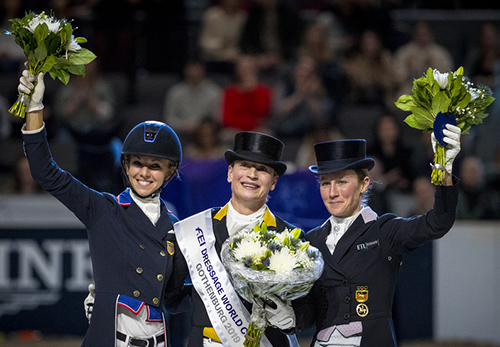
An exclusive interview with Christopher Hector
Photos: DigiShots, Kim Lundin, Archives
That’s three World Cup Finals victories in a row for German megastars, Isabell Werth and her mare, Weihegold! Before she rode the final, Isabell took time out for this interview…
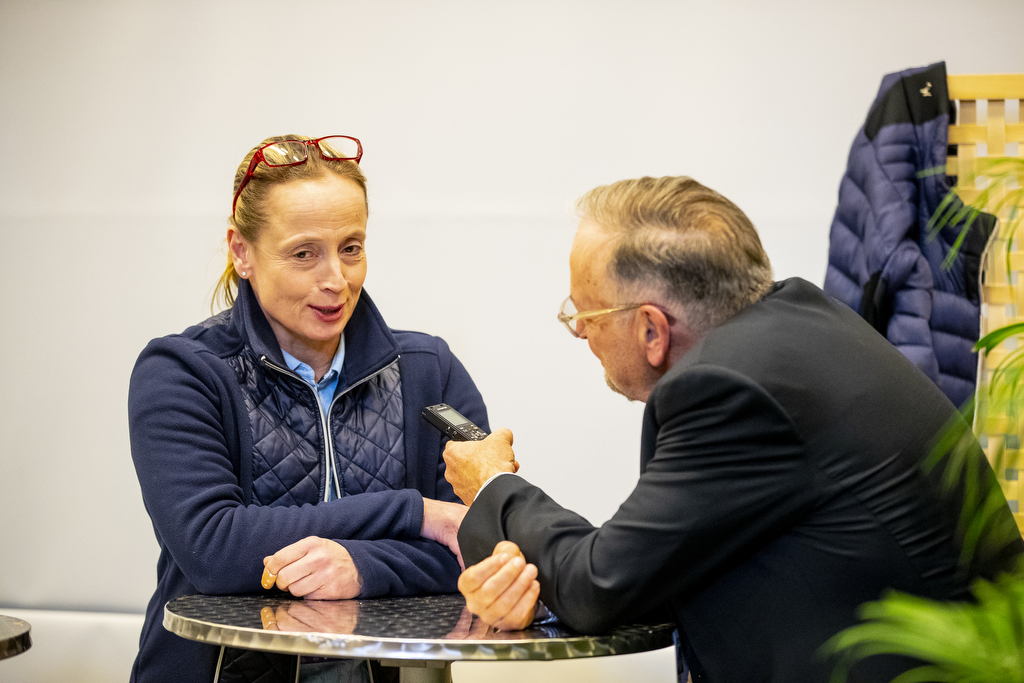
Can we talk a little about how freestyle has changed? I seem to remember that when you won on Fabienne in 1992, you were supposed to use nice classical music, but you said, no I want the Beatles, it has changed a lot since then…*
“Now it becomes more and more professional, like everything. When we started with the Freestyle, we were doing the recording ourselves. I remember when I was in the studio making my first freestyle, it was just one machine, stop, cut, start again, cut – now you have professional arrangements, sometimes with music that is composed just for that horse, or you have famous music, but specially mixed for the freestyle. It’s now a huge work, much more expensive, much more professional, but of course, much nicer. You have the type of music you like or don’t but you also have music that is timeless, you can hear that music all the time without getting bored. I try to take more or less famous music, music that is quite timeless, and I tried to find suitable music for each horse, sometimes more classical, sometimes more modern or rock music but always composed and mixed for the horse.”
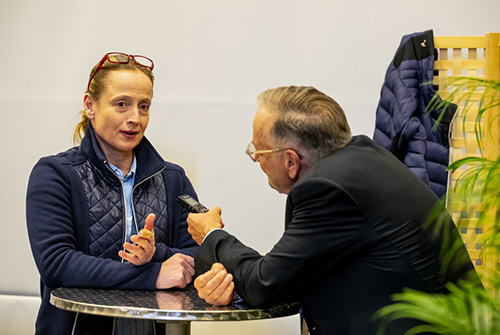
Do you think it’s better to use established music, real music, rather than you ride the test, it is videoed and then a computer makes up a sound track to fit the horse work?
“I like it more when I take the established music. Sometimes you have favorite music, sometimes I drive in my car and I hear something, oh this could be a really nice freestyle music. I like the established music, because you feel with the public that they recognize that music, they have special memories, they get more touched with famous music but we do have a few examples of music specially composed for the horse, and it worked. It is not just a question of the technique, a lot of people can’t tell which music is out of the computer, and which is live music.”
Continued below…
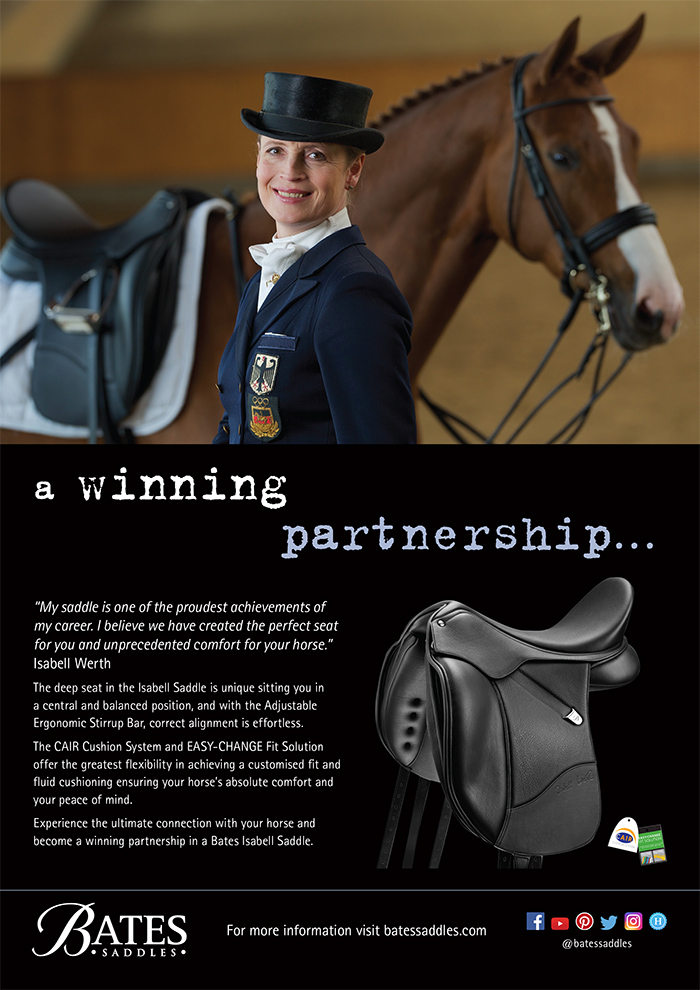

“This is sometimes the discussion of the experts, some say it is not worth it to pay double the money to have the live music, I had one music that was played specially by an orchestra in a church. It was such a great atmosphere, I was there when they played it, it was so nice to hear, a special story around this freestyle. It was for Satchmo.”
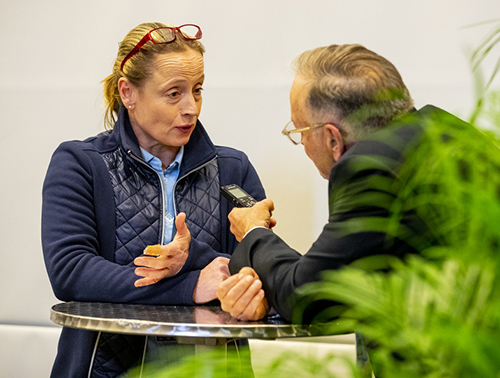
“Now I work together with some really professional music people, it’s a good combination, we have been working together for a long time. Michael Erdmann was the person who did my first freestyle and he will do the last one as well, because we know each other, he knows how I feel and what I really prefer, it is not necessary to explain to him. It is very important with a freestyle that it has the feeling of the horse as well, the music should carry the horse. It is necessary as a rider that you really like the music, that it is your type of music. It is a bit like art, how the freestyle is presented.”
Continued below…
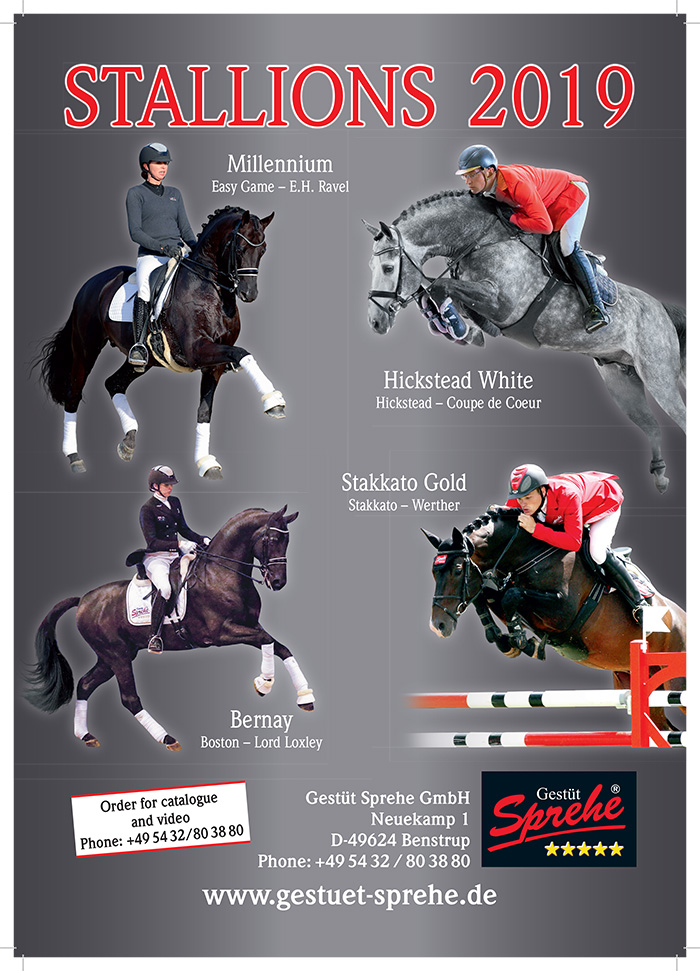
What made you decide that you really wanted Beatles for Fabienne?
“That was made by Stefan Krawczyk who did the freestyles when I was with Dr Schulten-Baumer. He was the announcer at a lot of shows, but his profession was dentist, making freestyles was just his passion. He said, ah it would be nice to have some Beatles music and that was the start. I really liked it, I was young and I said, I’ll try to do something different.”
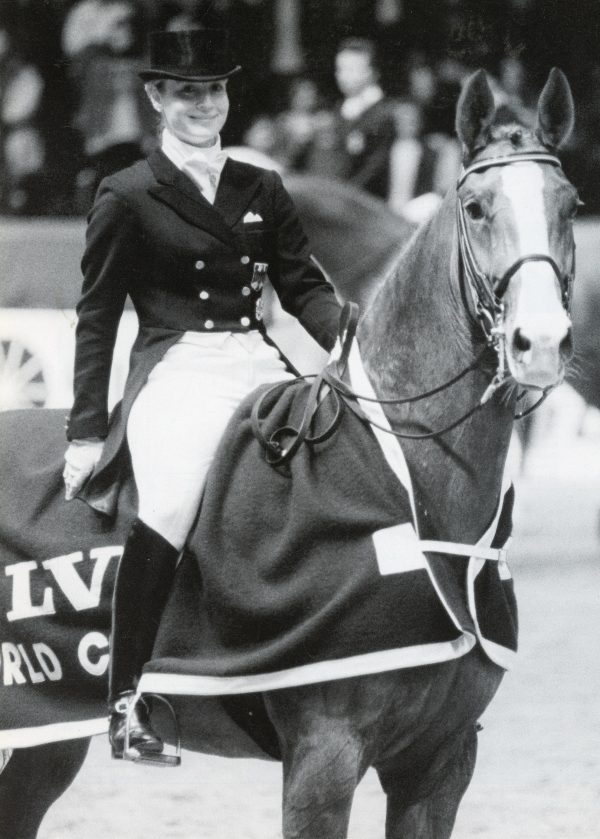
Looking back at the choreography that you did with Fabienne, and to the choreography you do with Weihegold, has it become much more complex, much more difficult?
“You know my first freestyle I made with Gigolo, at the Europeans, I think it was 1991 (it was, 1991 in Donaueschingen, started a sequence of four European golds for Gigolo, 91, 93, 95, 97) this choreography is timeless – and from that point on a lot of riders copied my extended canter back to the pirouette, double pirouette and back to the tempis, two tempis, one tempis, for that I got a ten in Donaueschingen. I like to show all the power, then back on the spot for the collection in the pirouette – this kind of exercises are timeless, a piaffe pirouette, it is nothing new, the only thing is the choreography and how you show it, and I think it is better today because the horses are better, all over the world, they are much better, so you can show more difficulties. You can present the freestyle in a much better, more professional way, than twenty years ago.”
more below
Do you like the way the degree of difficulty has been introduced into the judging system, with each kür being given a specific rating for its difficulty? I have heard people say that it was not fair that Anky could beat you, because you were doing a real Grand Prix, and she was riding Medium…
“In the beginning it was not so discussed and at Atlanta, for example, everyone said, oh, you cannot beat Anky in the freestyle. For me in the past, my strength was in the Special, but it was the opposite in Atlanta, she won the Special and I won the Freestyle. But now it has become more and more professional, more famous, so all the details become more discussed and in the end, I think it is a very fair situation that we get a more objective part in our freestyle, that we have it clear for everybody. Everybody knows, when you do this, this, this, and you do it in the right way, then you will have a degree of difficulty of 9.5, or 9.8 or you will get a 10, whatever. It is just a fair situation that we have a clear basic, what is the degree of difficulty of our freestyle? And everybody knows it, and everybody can watch it.”
Isabell is correct, but right now the commentators are missing the boat when it comes of explaining the elements of the new ‘objective’ tests. Where are the point scoring ‘combinations’, when will the rider go for a ‘jackpot’, there is no discussion even of the level of difficulty, just the tired, sad collection of clichés from the supposedly professional commentators. To do their job properly they will have to study the choreography and explain to the audiences how it is working, it might even involve learning what dressage is about. Use the new system properly and the level of interest and excitement would go to a way higher level. In all the hours of commentary I heard in Göteborg, I heard nothing that indicated that the commentators had the faintest idea of how the new system worked, much less its potential to make dressage way more exciting… CH
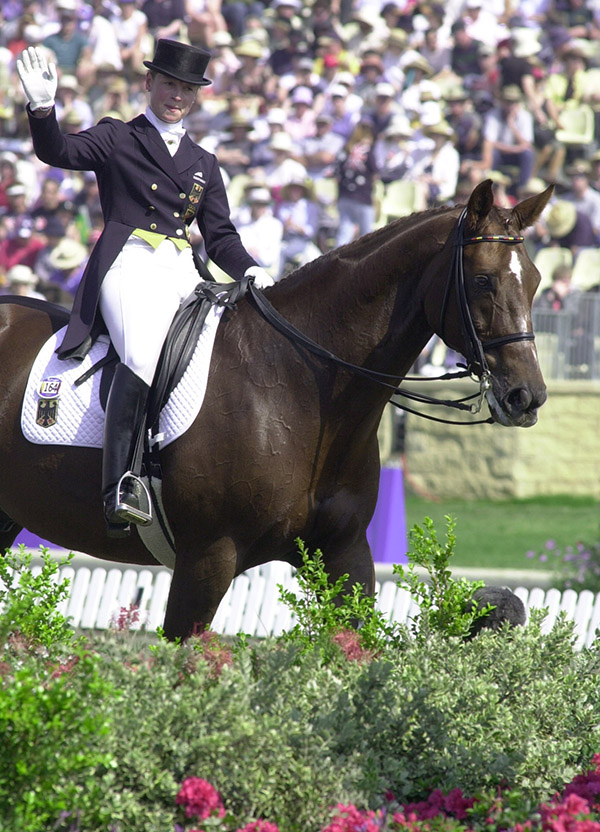
Gigolo, it all goes back to him…
“Before, you had one weekend a degree of 8.5, next week, 9.5, next week 7.5 – and you said to yourself, how difficult is it now? It was just the subjective feeling of a judge, and you know some judges are better at following the exercises in the freestyle, some have more feeling for the music, for the artistic part, so it was quite difficult for us to know – just how difficult is my freestyle? This new system is a clear answer to all the questions, how difficult is your freestyle?”
Continued below…
I think almost since the beginning of Freestyle, there have been people saying, hey we should have a musician or a dancer, to award the artistic score, is that the next steps, we now have an objective measure of difficulty, do we need someone from ‘the arts’ to award the artistic score?

“There are always discussions, to make the Grand Prix shorter, or not, to make this better, to make that better, but I think it always comes down to the same question, the schooling of the judges. This is a way, to school the judges for the artistic, also for the music because it is really a big problem for some to follow the rhythm, the takt, and say, okay this is the right rhythm for this horse. Sometimes we are quite surprised that some of the riders can use a canter music to trot, or trot music for piaffe / passage. Then you just stand there and say, why the hell do you try to make it as professional, as perfect, as possible? I think it is more the question to school the horse people, because to find a dance teacher, for example, to judge a horse is very difficult – I think it is easier to school the judges and the horse people.”
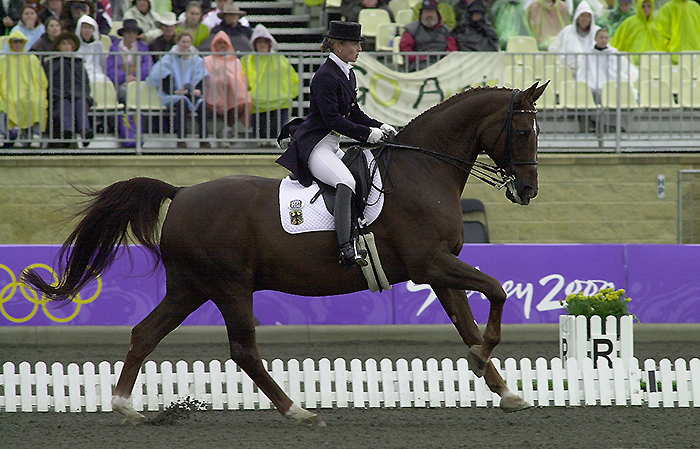
Gigolo, in 2000, his big extensions were amazing…
Can you talk me through the Freestyle you will present in the World Cup final with Weihegold?
“The basis of this freestyle is the old choreography of Gigolo. I improved it for Weihe and fixed it so it was really special for her. We made the music special for Weihe, but really the basic comes from Gigolo’s choreography and freestyle. That’s what I said, some things are timeless, the horse is a horse, twenty years ago, or today, a piaffe is a piaffe, or a circle, or a flying change, or a pirouette. The question is, how you can show and present the horse in the best way, according to the rules of what you have to show.”
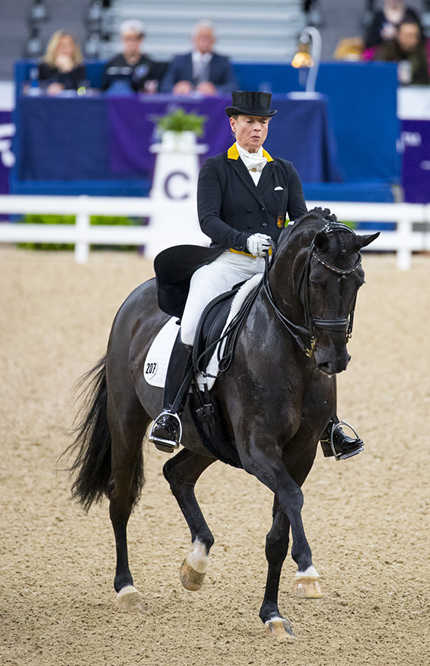
“The freestyle shows what is a really heavy combination of extensions and collections, so I try to have a lot of transitions between collections and extensions, from the passage to the extended trot or from the extended canter back to the pirouette, changes and piaffe / passage, piaffe pirouette and the passage half pass out of a piaffe half pirouette, so a lot of things happen, there’s really no more time to do anything else. And, of course, I try to celebrate the horse in the right way, we know how great she can do piaffe / passage, so we start with piaffe / passage and I end with piaffe / passage, and I try to celebrate the horse, have fun with the music.”
Where did you go for the music, it’s not Just A Gigolo…
“No, no, this is Italian music for her, it is light and it is dancing. It’s Italian but it is quite famous in Germany. I like it because you start to swing when you hear it, and sometimes they start to clap because they go with the music. I think that’s very important.”
You don’t care if they clap?
“No. She likes it.”
Where did you find the music?
“This is another example of what happens when I am driving my car listening to music. I thought, this could be a nice music, that was the reason I said to Michael (Erdmann), let’s try and make this work. He showed me a few examples, and also you need not just one theme, you need the right mixture around this main theme, for canter and trot as well.”
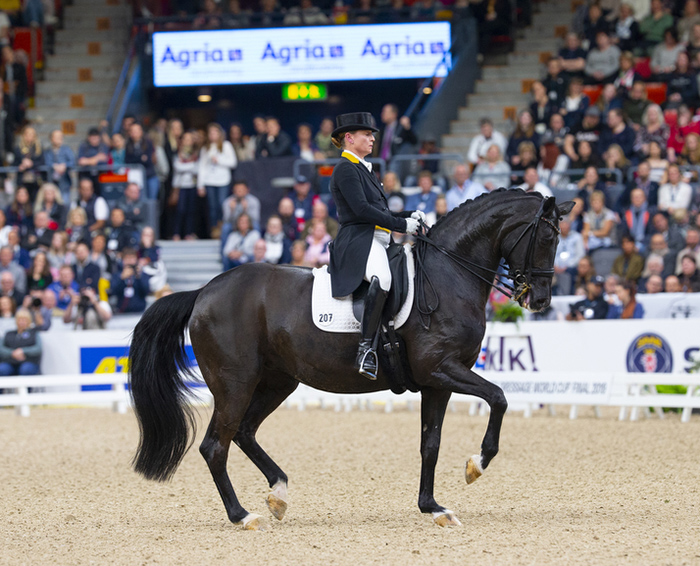
Is there anything special at Göteborg for you, as a show?
“I have a lot of really great memories of being here in Göteborg. For example with Fabienne, it was quite unexpected to win here. It was Louise Natthorst and Sven Rothenberger, they were on a higher favorite position, so it was just great here with the mare, and it was her best, and highest success, that she had in her career. She was not an easy horse, for example if I was in the warming up, and she heard another competitor’s music, if it was ‘hard’ music, with a hard rhythm, she became crazy. She couldn’t stand to hear this music! That was really interesting to see how difficult it is sometimes to find the right music, and see how the horse will react with different kinds of music. That was Fabienne, then I had lots of shows here with different horses.”
“With Ernie (El Santo) it was his first international show and then of course with Weihegold here two years ago at the European championships. Then I think Weihe is quite famous here, because there are two of her progeny here in Sweden, a mare and a stallion. There’s a very nice relationship between Göteborg and me.”
Of all the freestyles you have performed, which is the favorite?
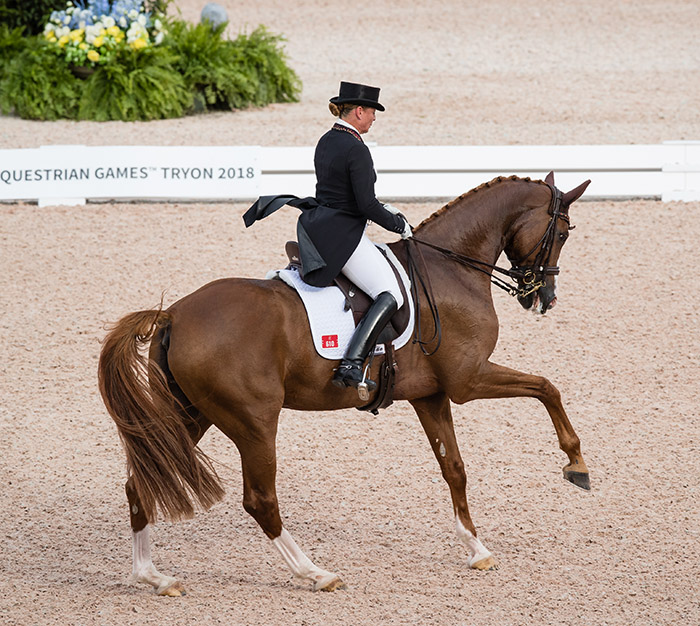
“The personal favorite is the freestyle I have with Bella (Rose) because it’s very great music, it has touched a lot of people, and it gives you the right swing. But also here in Göteborg, two years ago with Weihe, it was very close between Sönke (Rothenberger) and me. Sönke had 90% and everyone said, okay, it’s done, he will win today. Then we went, and it was also over 90% and we won, that was also something very special. That was the first time we had at a championships, with two horses on more than 90%, that was very special.”
And do you think we will hear Bella’s music in Rotterdam last this year?
“I hope so!”
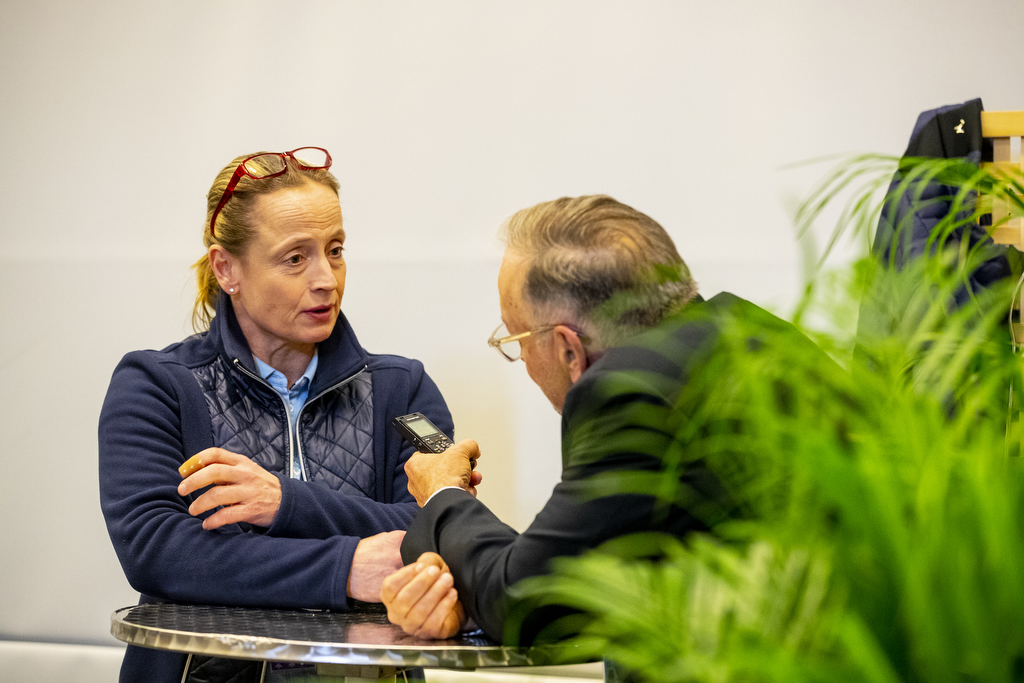
* To be exact, Isabell used Hard Day’s Night for her trot, and cantered to Lady Madonna, used Michelle for the walk and passaged to With A Little Help From My Friends, for the final passage and the pirouettes she used Good Day Sunshine…
Continued below…
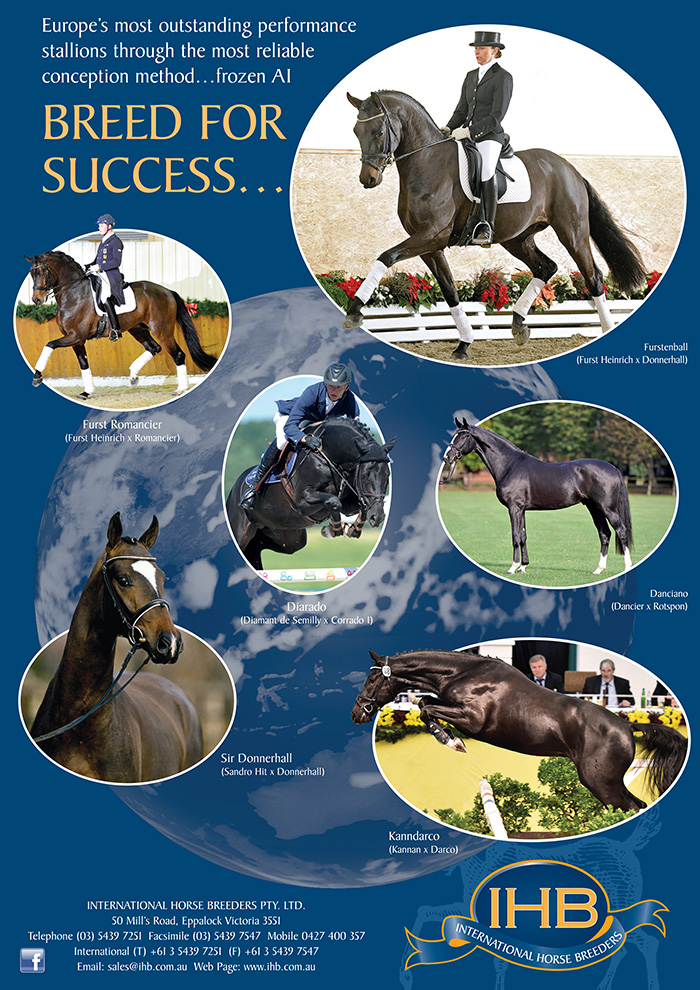
And just in case you are really a freestyle fan, here’s Isabell’s choreography with Fabienne from the 1992 final…
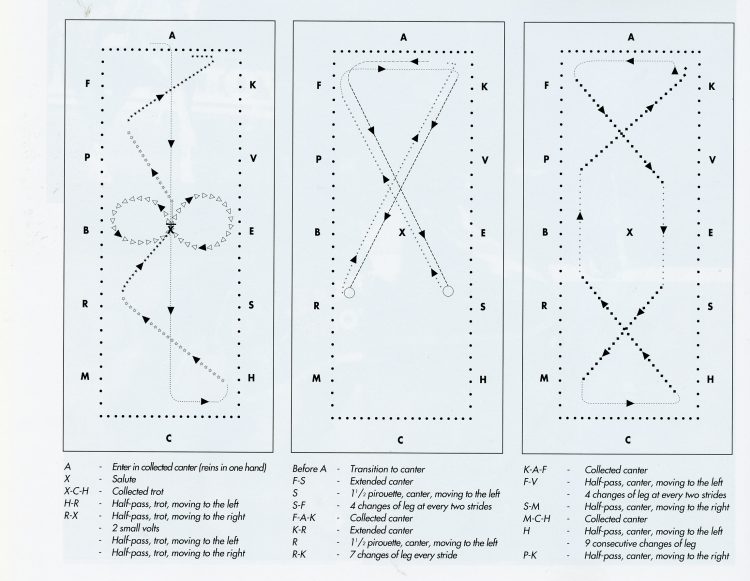
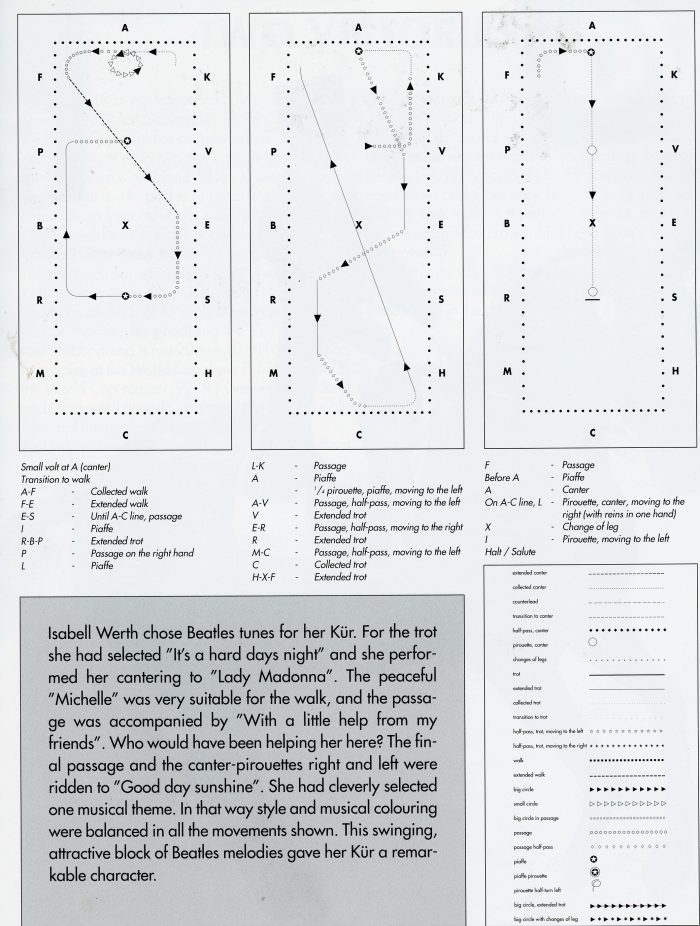
Diagrams from The World Cup Dressage: The First Ten Years by Joep Bartels


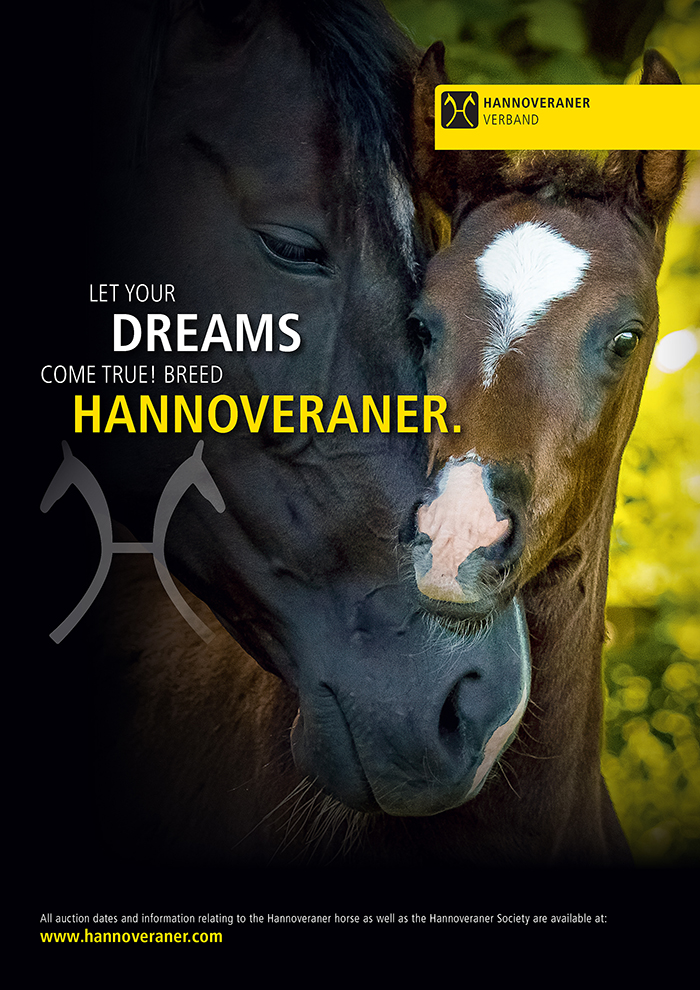
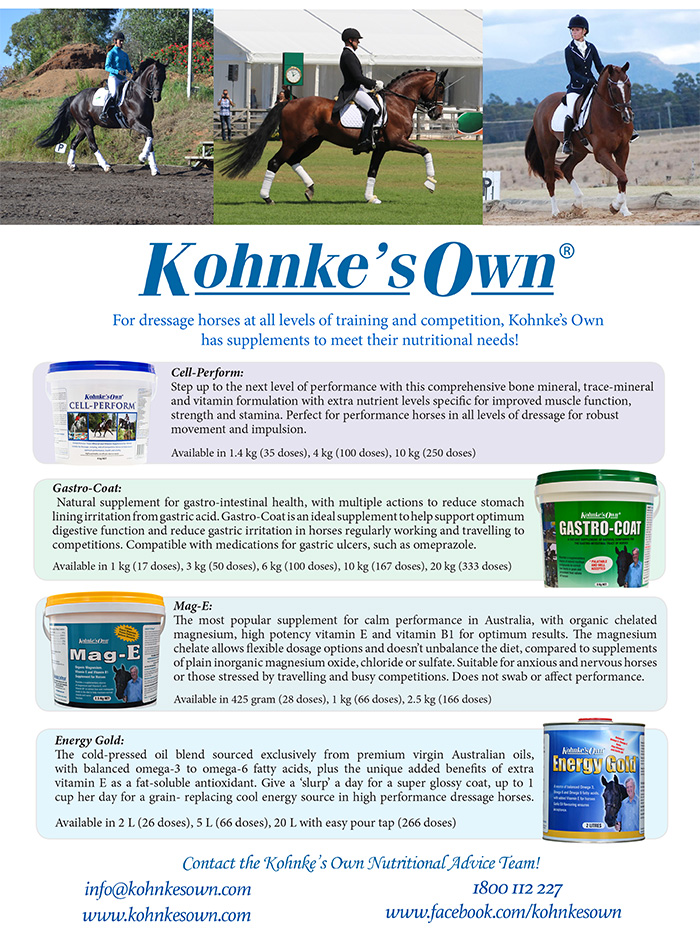
Wounderful interview.
Being an artist and a horse person; I think there are probably people out there that are also both who could fulfill the part of a more artistically trained “eye” than a horse only person – ie: judge – can be trained to understand Art.